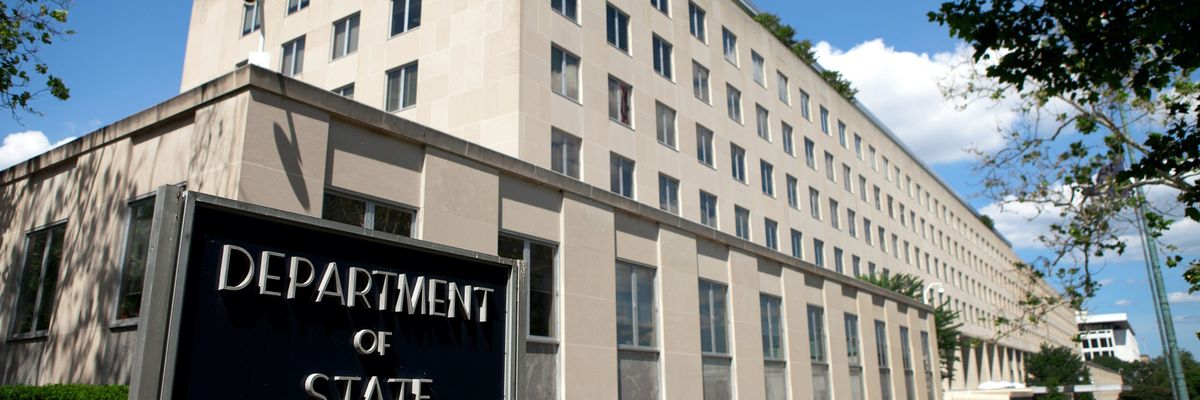“Make the government look like America” has been a slogan used by presidential candidates for many years. And rightly so. But where it does not sufficiently apply is in U.S. foreign policy. Does that matter? In terms of the application of power and serving basic security interests, probably not. But in promoting American diplomacy and the country’s values and reputation, it matters a great deal. The United States cannot continue arguing (as Gov. John Winthrop did, drawing on Matthew 5:14) that it should be “as a city upon a hill, the eyes of all people are upon us,” if what “people” see is systemic indifference to people left out.
Notably, along with the recent Black Lives Matter mass demonstrations, evidence has come tumbling out that there are very few people of color involved in the making and carrying out of U.S. foreign policy, as well as in analysis of it in the non-governmental sector. The most striking statistic is that, of the United States’ 189 ambassadors, only 3 career officers are Black (and 4 are of Hispanic heritage). The representation of minorities still falls short in the other ranks in the State Department.
By contrast, the military side of the Pentagon has a higher percentage of Black officers: this derives in part from the fact that more than 30 percent of serving men and women are African-American or other minorities.
It is true that two national security advisers have been Black women, Condoleezza Rice and Susan Rice, and the former went on to become secretary of state while the latter had previously been U.S. Ambassador to the United Nations.
There has also been one Black male secretary of state, Colin Powell, who had been President Reagan’s national security adviser. He came out of the military and he very likely could have become president of the United States. But beyond the evident qualities of these people, their appointments are the exceptions.
The State Department is promising to clean up its act, by creating a “departmentwide task force” to provide input for plans “to facilitate a determined, coordinated approach to recruiting and retaining diverse talent.” That is long overdue, but its actions don’t match the rhetoric as State Department leadership recently ordered the U.S. Embassy in Seoul to take down a “Black Lives Matter” banner.
This overdue policy should not just apply to Foreign Service Officers, the public face of the Department, but also to its large number of civil servants, where there is a higher percentage of people of color, yet without the authority, responsibilities, prestige, and in many cases, job security of FSOs.
But it’s not just a State Department problem. Lack of diversity extends throughout the so-called foreign policy establishment — which for decades has been dominated by white men. One can attend meetings and conferences on foreign policy in Washington, New York, and Cambridge, and expect to see mostly all-white audiences and a rare non-white presenter. The same is true of those who are published in the leading journals on foreign policy.
During the last three decades, the ranks of women in foreign policy have increased, both in government jobs and in universities and think tanks. But this has not been the case for people of color, who are, with some exceptions, rarely seen in both leadership and working level positions at universities and research institutions.
There are two possible explanations for this pattern. The first is that, given the deep structural inequalities in American society itself, many people of color may be more likely to focus their careers working at home to address these issues, in politics, religious communities, and non-governmental organizations. This is where immediate change must come in American society, its institutions and practices.
It’s also possible that African and Hispanic Americans don’t see financial and career-advancing possibilities in the foreign policy space. Far more useful and lucrative careers are in law, medicine, or other jobs that follow from acquiring an MBA.
But at the same time, efforts to bring more people of color and other minorities into the foreign policy space have been ongoing for some time.
That’s at least a start, but burgeoning the ranks of U.S. foreign policy circles with more people of color will take time, and it will take larger and more sustained efforts than those already underway. It’s not just a matter of involving some of the “best of the best” Americans who have been largely left out of foreign policy, but of demonstrating to the world that its practitioners, in and out of government, come from all parts of society and, indeed, “look like America.”














